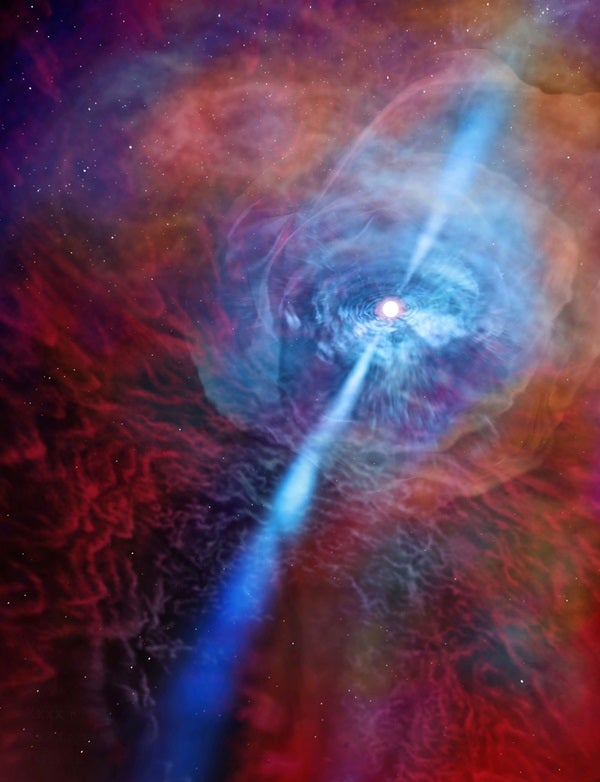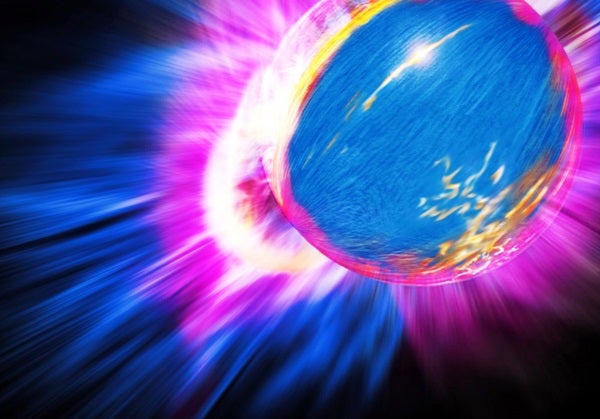Long the pulsar poster child, the Crab Nebula’s central object is a fast-spinning neutron star that emits jets of radiation at its magnetic axis. Astronomers detect the radio signature from these jets as pulses. It turns out that scientists are finding other classes of pulsars that don’t appear to share traits with the Crab’s central object.
Don Dixon
In October’s “Explore the pulsar menagerie,” author Victoria M. Kaspi introduced readers to the many different types of neutrons stars and pulsars. Magnetars are a specific type of neutron star, a stellar remnant left over after a massive star died. Magnetars have the most extreme magnetic field known; they’re appropriately named.
Astronomers know of only about 16 of these objects, which come in two different types. In an article we published a few years back, “In search of the galaxy’s magnetic monsters,” author Steve Nadis describes magnetars and how astronomers first discovered these objects. These are bizarre stars with extreme properties.











